| Structure | Name/CAS No. | Articles |
|---|---|---|
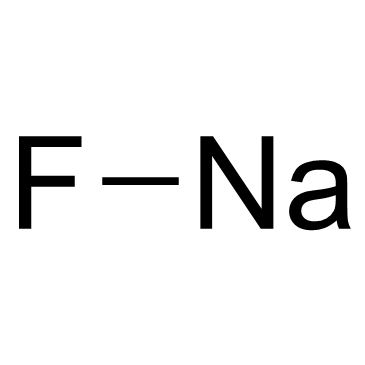 |
Sodium Fluoride
CAS:7681-49-4 |
|
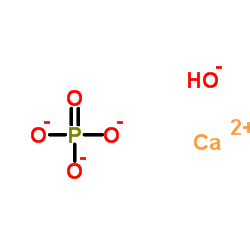 |
Hydroxylapatite
CAS:1306-06-5 |
|
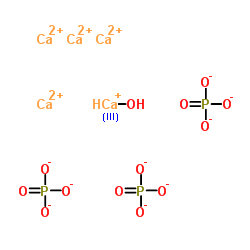 |
Calcium hydroxycalcium(1+) phosphate (4:1:3)
CAS:12167-74-7 |
|
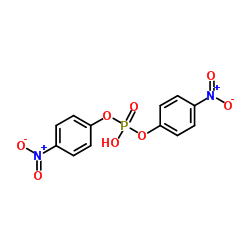 |
Bis(4-nitrophenyl) phosphate
CAS:645-15-8 |
|
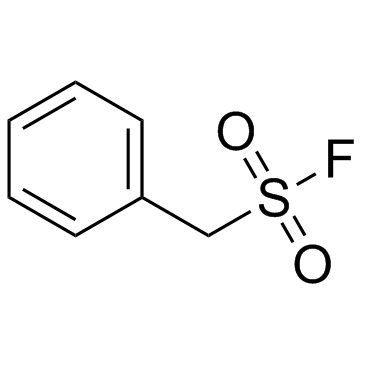 |
PMSF
CAS:329-98-6 |
|
 |
Glycerol
CAS:56-81-5 |
|
 |
Physostigmine
CAS:57-47-6 |
|
![10-[2-DIETHYLAMINOPROPYL]PHENOTHIAZINE Structure](https://image.chemsrc.com/caspic/480/1094-08-2.png) |
10-[2-DIETHYLAMINOPROPYL]PHENOTHIAZINE
CAS:1094-08-2 |
|
 |
Ethylenediaminetetraacetic acid
CAS:60-00-4 |
|
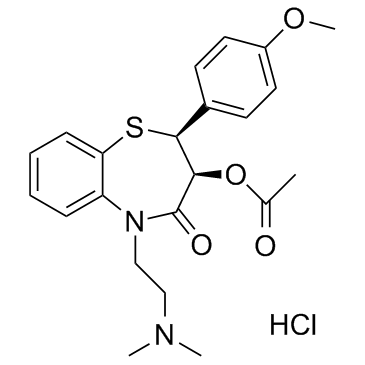 |
diltiazem hydrochloride
CAS:33286-22-5 |